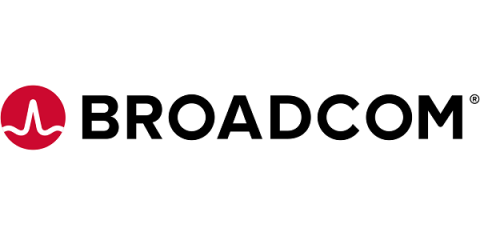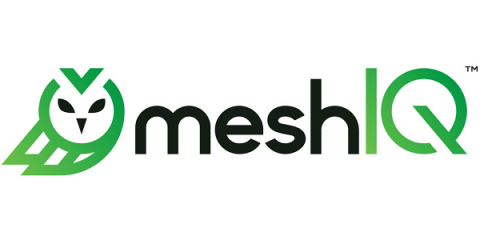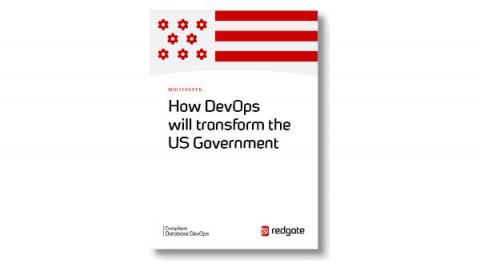Have a Worry-Free Upgrade
The waiting can be intensely stressful. You are mid-way through a critical production upgrade during the weekend. The schedule is tight. Suddenly there is an unexpected problem you aren’t able to resolve. You need help. So, you call in a support ticket. And that’s when the waiting starts. While you’re waiting for the support team to review and get back to you, questions race through your mind: How quickly will they respond to the ticket?











